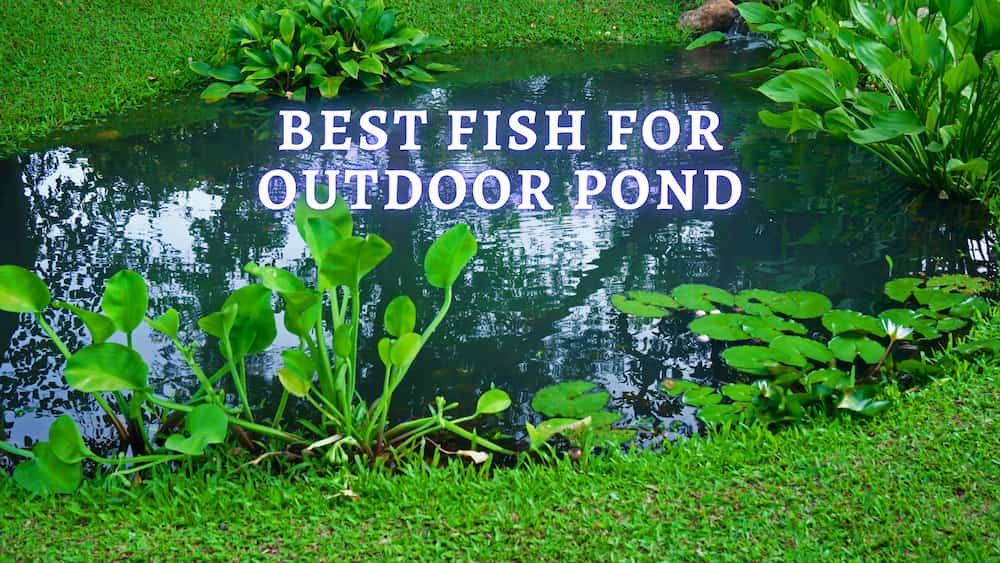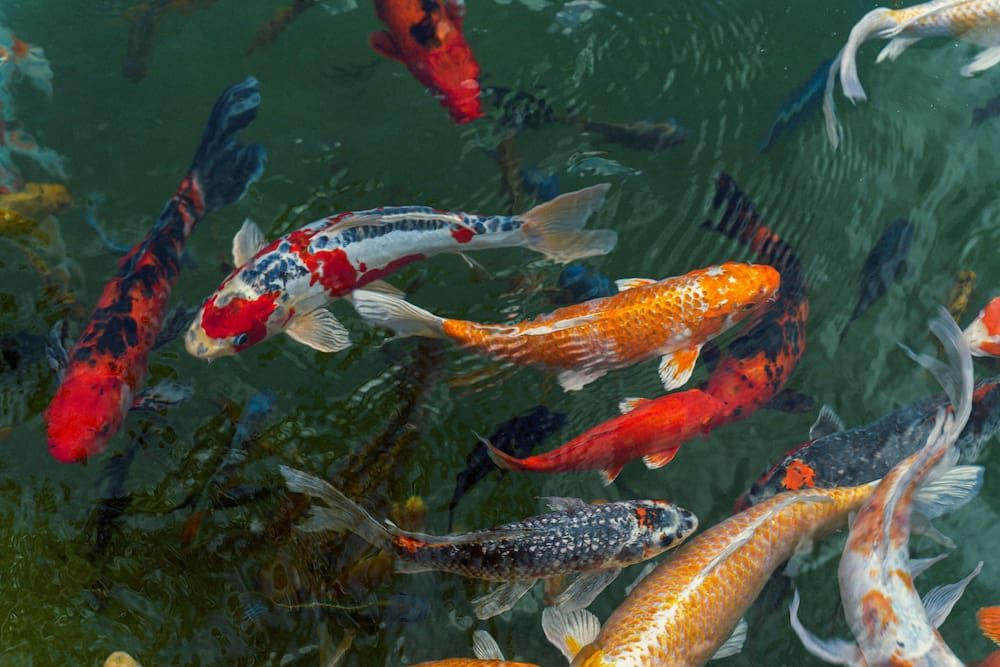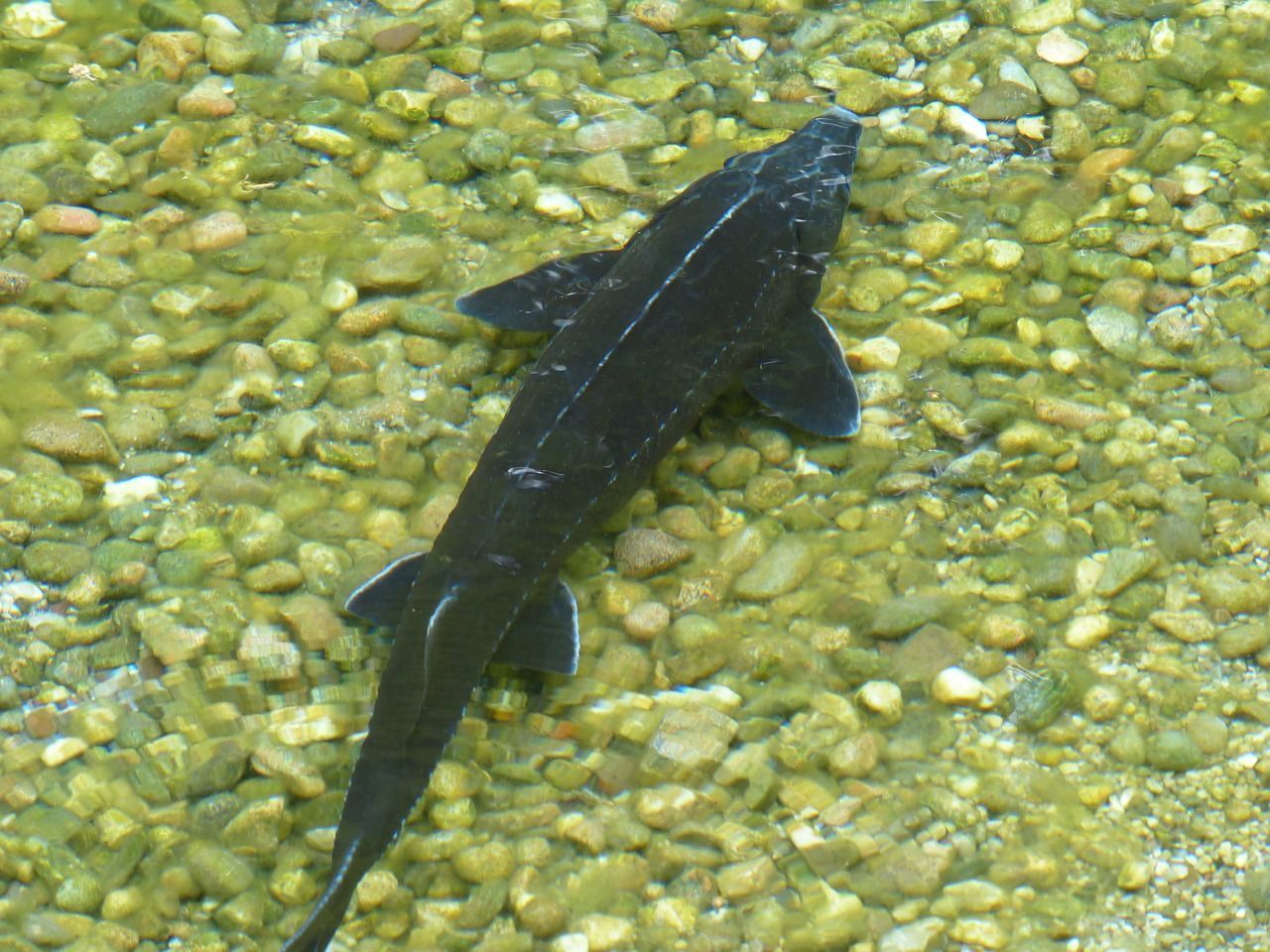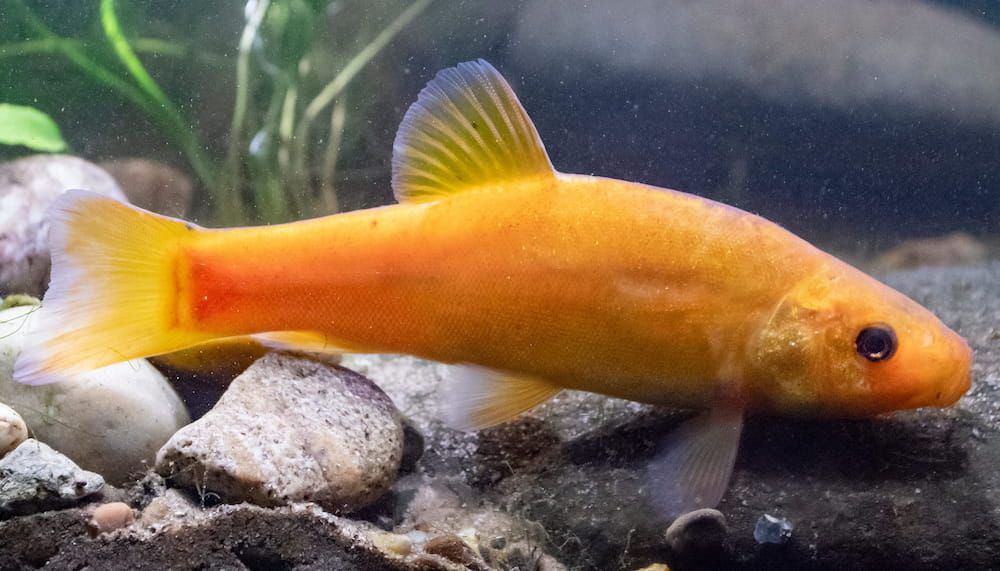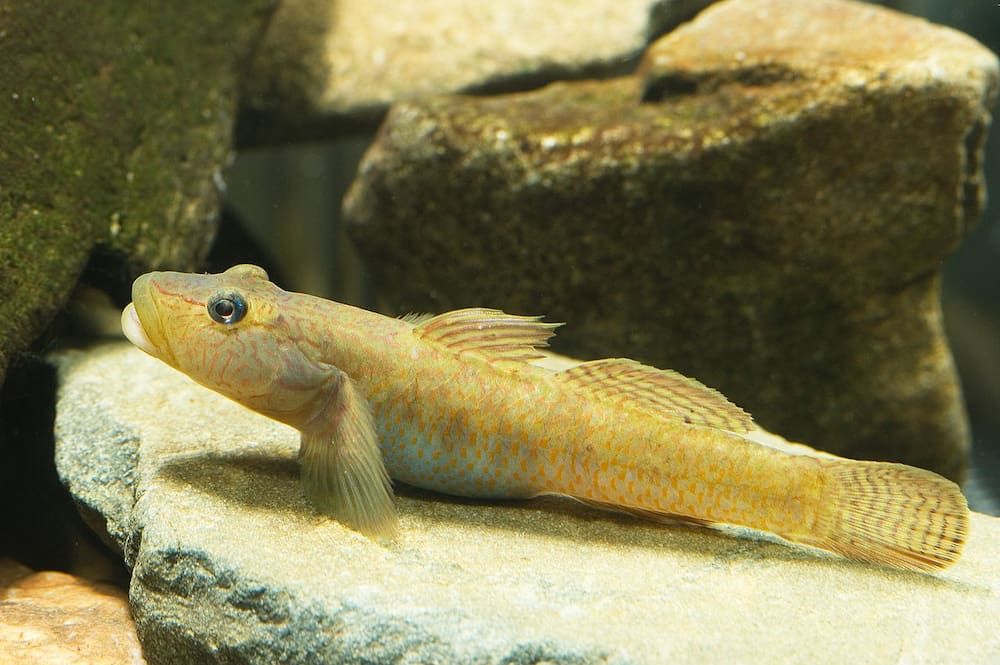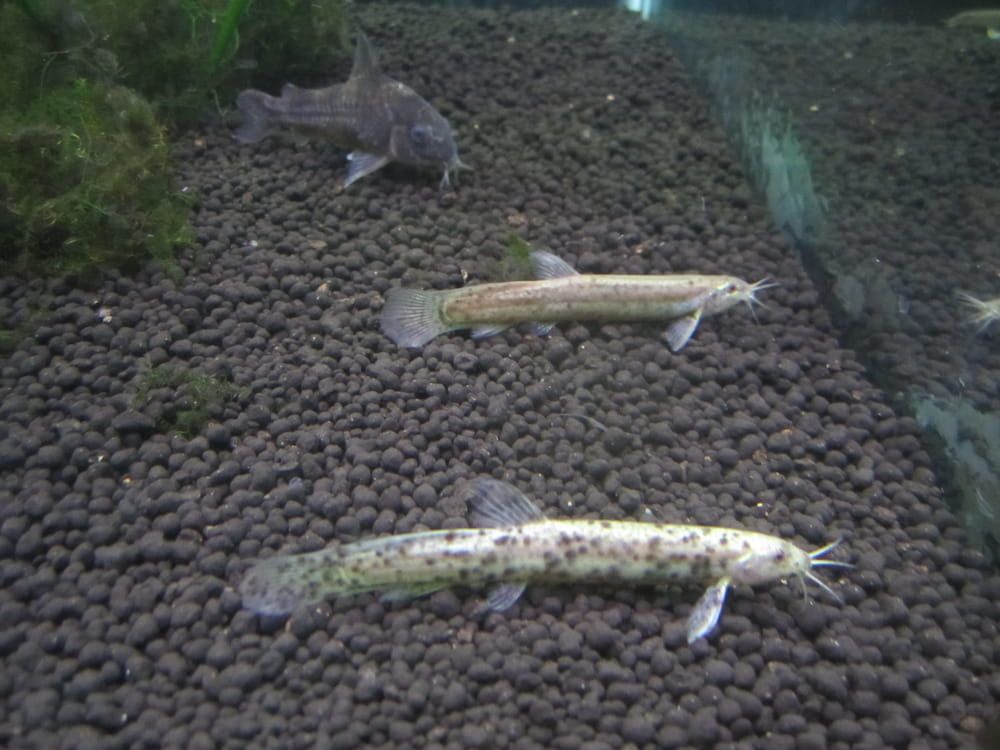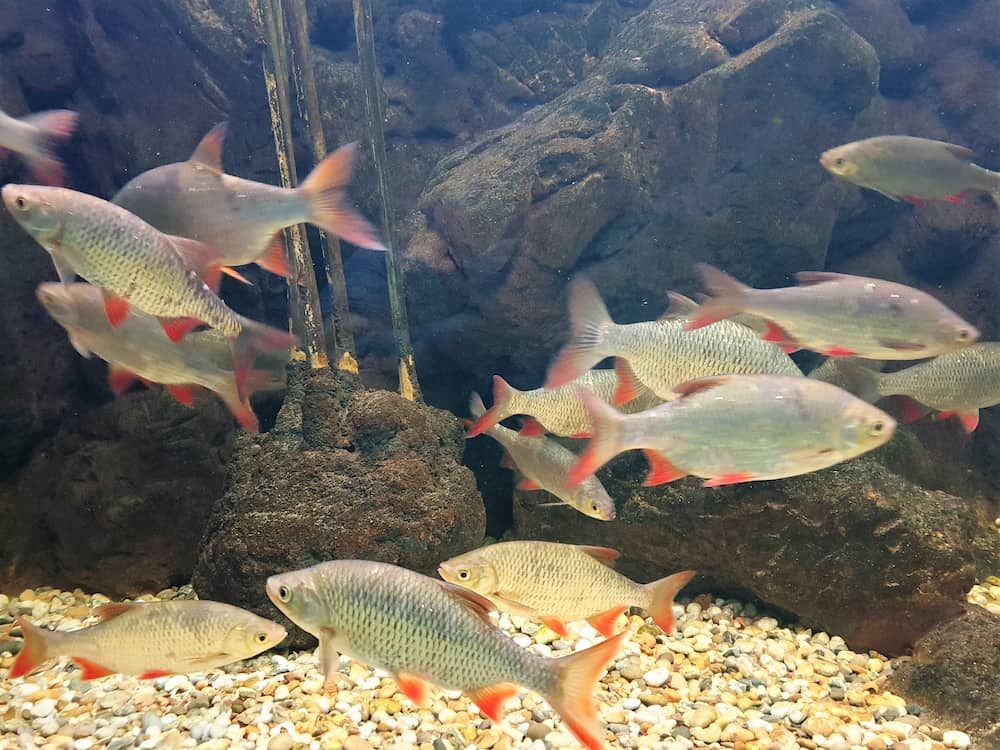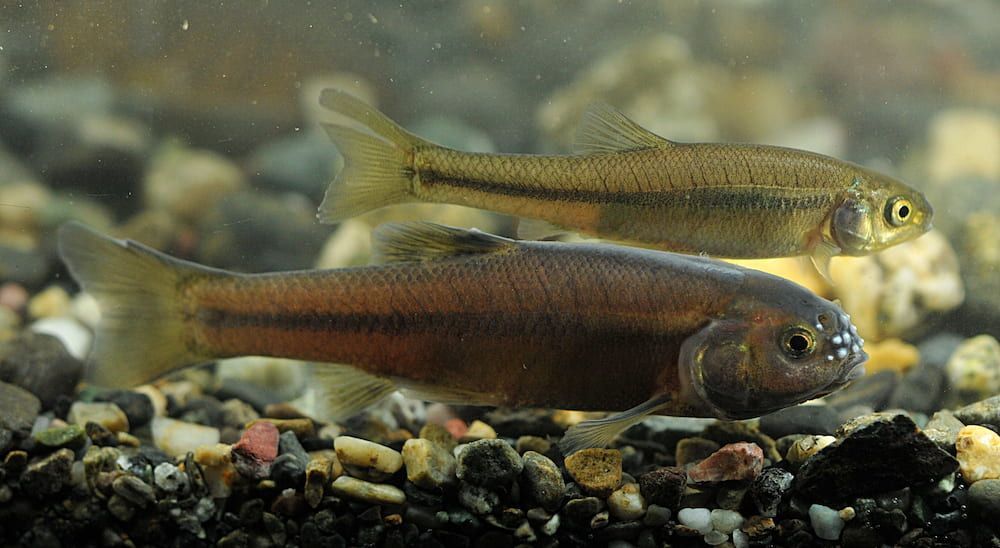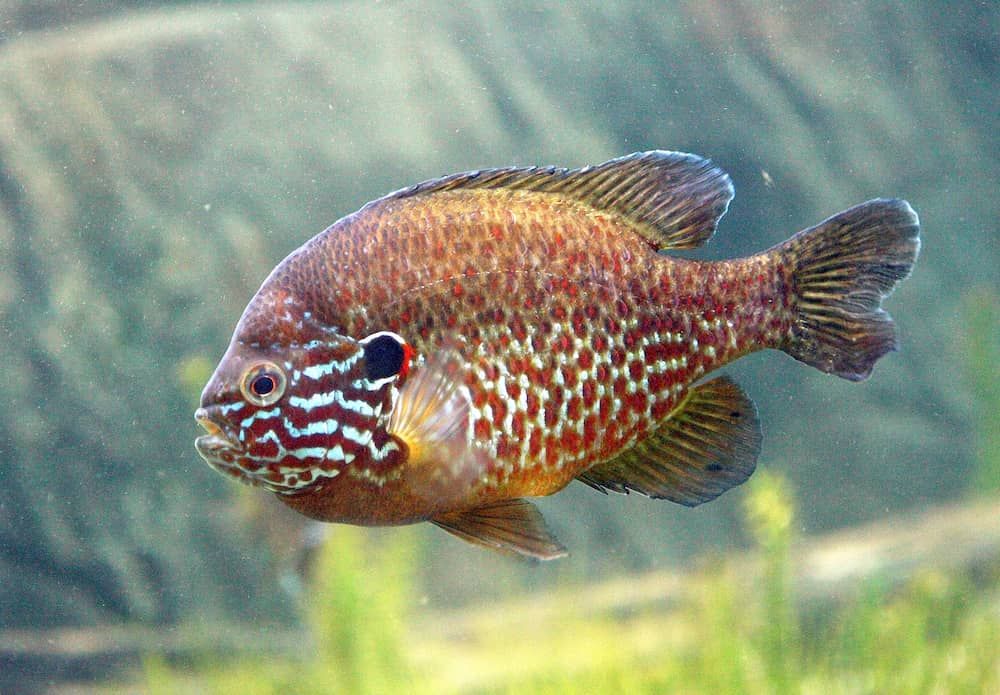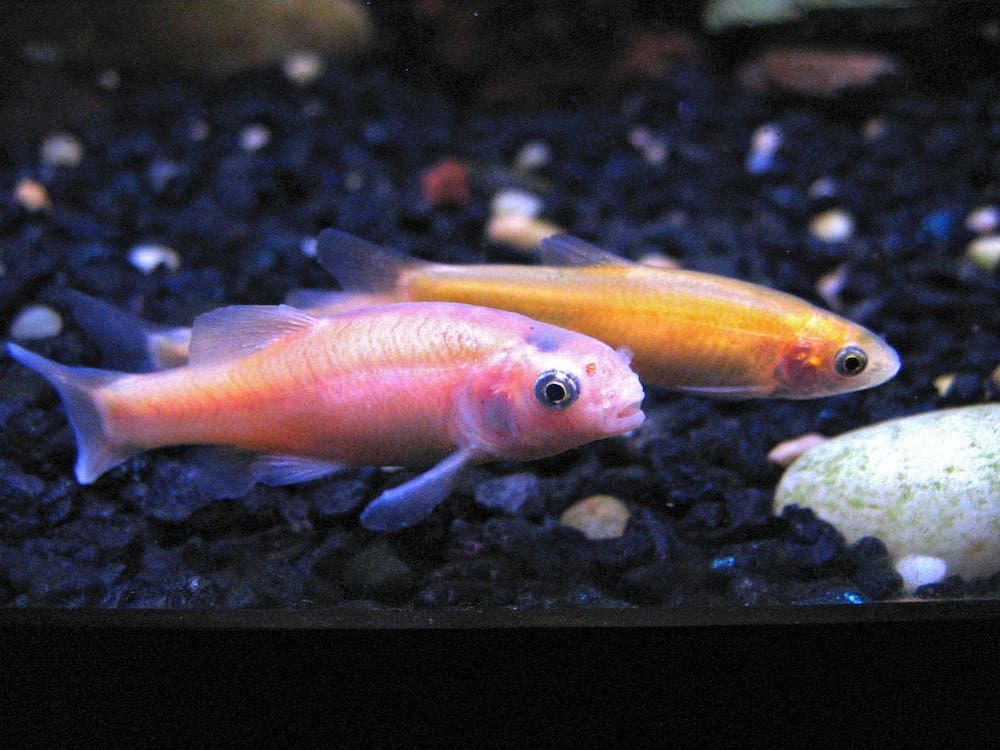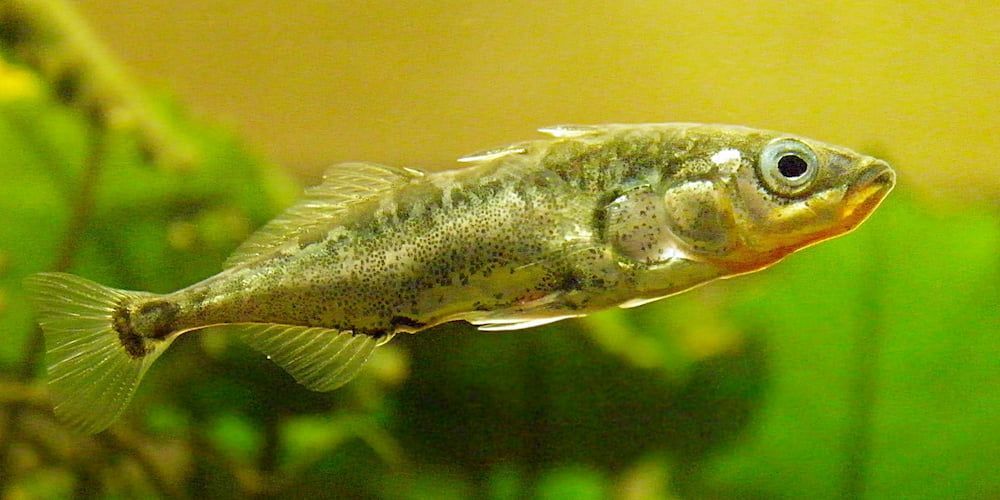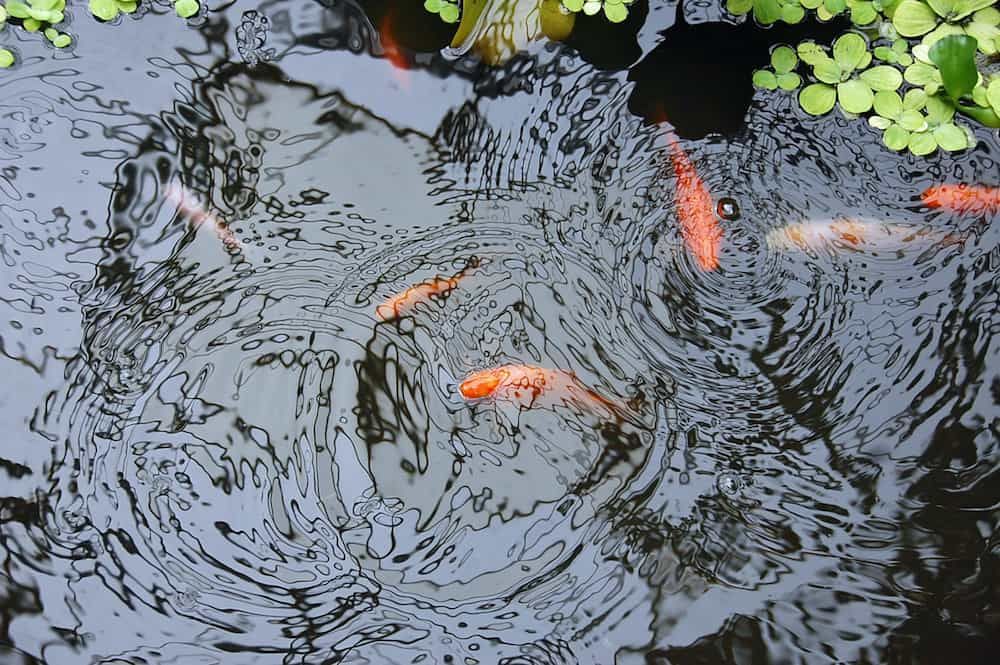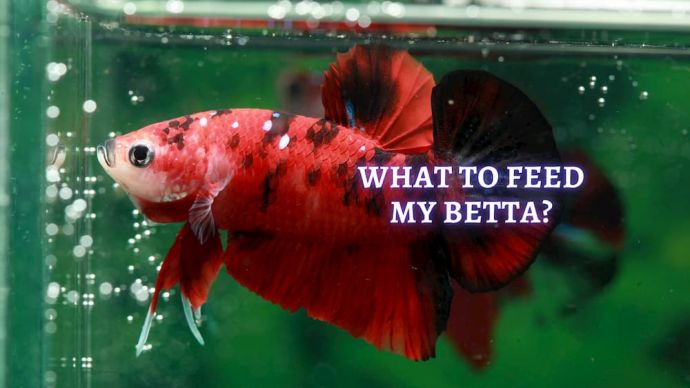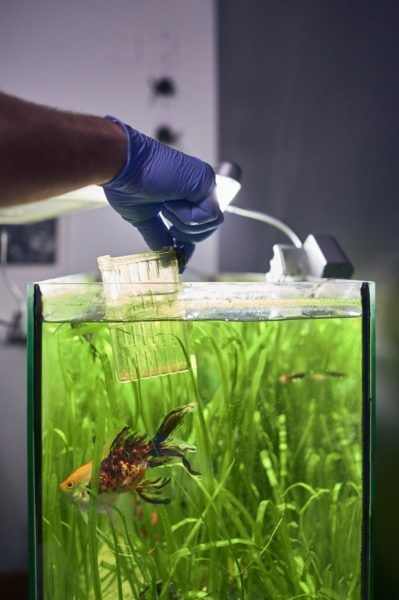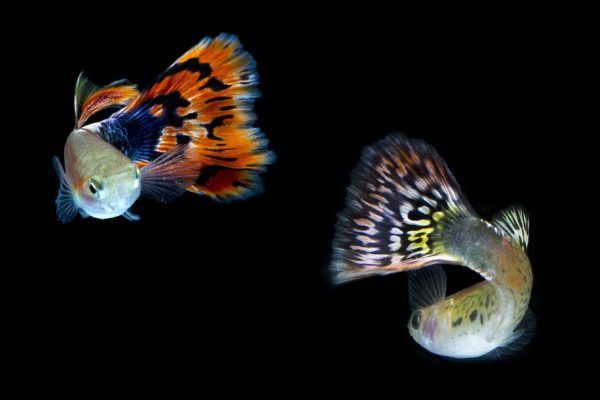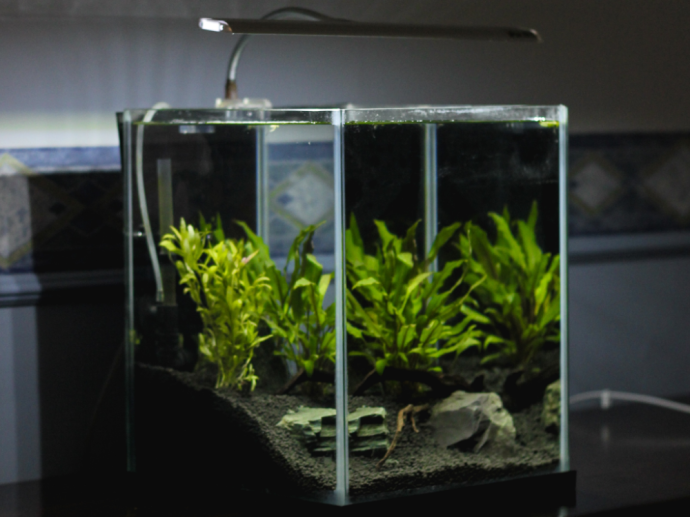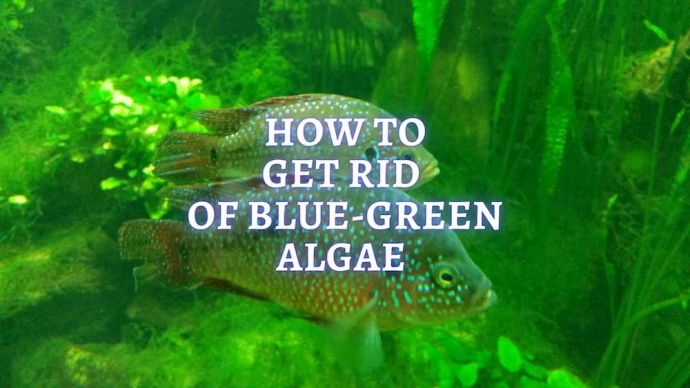15 Best Fish for Outdoor Ponds: Best and Easiest to Take Care Of
Written by:
Author: Vicki Smirnova
Vicki Smirnova is a professional writer and editor who adores animals and helps readers get along well with their pets. She has been working in digital media for more than 5 years and has great experience writing content about lifestyle, including pets. Vicki specializes in dog health and nutrition, cat feeding, dog training. She is an aquarium lover and is passionate to write about fish care at home. Also, Vicki headed several websites and worked as a news editor.
View all 245 articlesLearn about our editorial process and veterinary review board.
Viewed: 62
Updated on: 02/27/2023
Nowadays, a pond is a popular garden decoration, and the additional presence of fish will make it even more interesting.
Best Fish Species to Keep in Your Backyard Pond
The principal inhabitants of ponds are goldfish, koi, carp, and others. The choice depends on your preferences and capabilities. We have selected 15 of the most popular best pond fish:
1. Koi Carp Fish
The variety of colors of koi scales is delightful. However, you will have to work hard to create acceptable conditions for its maintenance. Koi carp require high costs for filters and aeration. They reach large sizes, so, over time, a small pond will have to be transformed into a reasonably capacious lake. Koi eat a lot and prefer space and depth. A pretty aggressive species, koi can swallow smaller fish. Koi eat mixed fish food in large quantities, so they can rapidly gain weight. In addition to the beautiful colors, koi carp are of interest as an object for training. With attention and perseverance, they can be taught to take food from human hands without fear of strokes.
2. Common Goldfish
Goldfish are the best option for beginners. The species is unpretentious and easily tolerates water pollution, hunger, and low water temperature. They can live through the winter in artificial water, but only if it is three feet deep. In this case, you must install a compressor that saturates the water with oxygen. Goldfish are omnivores. Animal feed – bloodworm, tubifex, and earthworms – is suitable food. They also willingly eat porridge, cooked and washed in running water, from rice, millet, buckwheat, and other cereals. Feeding dry food is possible. It must be remembered that goldfish are prone to overeating, leading to illness.
READ MORE: How Often To Feed Fish?
3. Sterlet Fish
Sterlet is a sturgeon family fish living in Europe’s large rivers. The fish has a very unusual appearance: its scales are collected in peculiar rows of pointed plates, clearly visible in young fish. The sterlet is much easier to adapt to life in artificial reservoirs than other sturgeon species. The best option would be to purchase young fish grown in captivity. In this case, the fish will quickly get used to the new conditions. Keeping a sterlet in a common large pond with goldfish, catfish, and other fish is possible. By and large, almost all non-aggressive fish that require cool water are suitable as neighbors for the sterlet, but not relatively small ones that the sterlet can eat. Adults feed mainly on chironomid larvae, small mollusks, and other invertebrates (mysids, gammarids).
4. Golden Tench
Golden tench is ideal for a large garden pond. Tench is a relatively heat-loving bottom fish. It lives preferably in quiet, grassy, moderately silty water bodies with soft underwater vegetation, where it hides in thickets during the day. It leads to a sedentary lifestyle and can exist long in water bodies with low oxygen content. In addition, it does not need a deep pond. It also thrives in water up to three feet deep. However, when breeding tench, it must be remembered that this fish gains weight much faster if it has a spacious water surface area. It grows quickly, develops well under favorable conditions, and actively gains weight. Tench get along with all types of freshwater fish, except crucians. These fish are undemanding in care, so they are great for summer cottage ponds. The only negative is that they are very fond of feasting on aquatic plants.
5. Plecostomus
The plecostomus is a prominent type of loricaria (mail) catfish. They have a number of mechanisms for survival in changing environmental conditions. Catfish plecostomus have several adaptations that allow them to successfully fight for existence. Their unique feature is an adaptation to low oxygen content in water. Under such conditions, plecostomuses use intestinal respiration: they swallow atmospheric air, which is absorbed in a special section of the intestine. Also, in the case of drying up of water bodies, plecostomuses can cover considerable distances, with the help of pectoral and caudal fins, along with wet silt. Young plecostomuses are quite peaceful fish, and they can be safely kept in a typical pond with their own kind and other species. However, with age, the nature of the fish becomes more and more dangerous. Natural territoriality begins to emerge, and the fish jealously guard their part of the pond.
6. Gobi Fish
Gobi fish live in tropical, fast-flowing streams in the mountainous regions of Asia. They are commonly found in China and southern Japan, as well as the Solomon Islands and the islands of the Philippines, Indonesia, and New Guinea. Five to six inches long, gobi can be found in rushing currents, clinging to rocks. They like to hide among rocks, especially when they sense danger. They are omnivorous but mainly eat algae, insects, worms, and snails. These pets should live in packs of eight or more and can survive the winter in ponds over 30 inches deep.
7. Red Shiners
This is a freshwater fish from the Carp family. It lives in the rivers of North America. It is of particular interest due to its attractive body color and excellent endurance. The coloration is very interesting: most of the body is blue, and the lower part of the abdomen and all fins, with the exception of the dorsal, are rich red. There is also a red stripe behind the gills. Males are more brightly colored than females. It is best to keep fish in flocks of 6-10 individuals. It is advisable to install various shelters made of snags, stones or ceramic grottoes. Red diamond notropis are peaceful creatures and get along well with proportionate neighbors who can also live in cool water: zebrafish, cardinals, catfish, barbs. Goldfish will also make good neighbors. In nature, notropis eat insects and other invertebrates, as well as parts of plants. There are no problems with feeding the fish. They are happy to eat any kind of food, but it is better to give preference to high-quality dry ones. They are balanced, easy to store and use and cannot become a source of infection.
8. Weather Loach
Belonging to the cobitidae family, this fish has a long, snake-like body. Males have larger pectoral fins, while females have a more rounded abdomen. The body is mottled with small spots, ranging from dark green to dark brown, on a yellow or light brown background. They have ten antennae on the head and an infraorbital spine, which is, most of the time, retracted into the skin. They are considered easy to keep and will make a great addition to a community of cold water (non-tropical) species. It is necessary to have various shelters for snags, stones, and caves. Plants should preferably be in pots because these fish constantly rummage in the ground and will pull plants out with their roots. It is desirable to keep these fish in a small group. Fish feed on a variety of food of animal origin – bloodworms, various insect larvae, small crustaceans, fish caviar, and frozen food. They also eat dry food in flakes and granules, which sink to the bottom. They eat snails with pleasure, so there will not be a single live snail with loaches. It is worth noting that these fish are easy to train to accept food from human hands. Friendly by nature, they get along well with each other and with other species, although they can hunt eggs/fry/small fish. You can keep one individual, but they will be most comfortable in the company of representatives of their own species.
9. Golden Rudd (Rosette)
Rosettes are a very bright red and look quite unusual. At first glance, the rudd is very similar to the roach, and they are often confused. The back of this rudd has a greenish tint, which can also sometimes be brownish. Its belly is silver, and sometimes the sides can turn golden. Young individuals have a pale color and become darker with age. It is found not only in rivers but also in large lakes. This species is an unpretentious and hardy fish. Rudd loves to swim in flocks and help fight algae and mud in the pond. It exterminates mosquitoes exceptionally well. It is a natural predator and eats everything that gets in its way. Rudd grow very slowly – in the first years of life, the fish practically does not grow at all, but in adult years, they begin to actively gain weight. The redfin lives up to 20 years; however, it remains the same size during this time.
10. Fathead Minnow
Fathead minnows are popular pond fish often kept with ornamental goldfish and koi fish. If they live in a backyard pond, they will keep insect larvae to a minimum, but they will also happily eat fodder greens, vegetables, and pellets meant for fancy goldfish and koi fish. Fatheads are active, even in winter, when the pond freezes, and they are often seen swimming under the ice. Very inexpensive, hardy fish, the black male fatheads are caring parents who will take great care of their eggs and fry. Their behavior during the mating season resembles cichlids. These are underrated fish that would make a great addition to any pond.
11. Orfe Fish/Ides
These fish are large and fast-growing. The body is high, somewhat thickened, and with a massive head; the scales are not significant on the back. Ides are black with a dark green tint, silvery with a golden tint on the sides, and the belly is whitish-yellowish. The dorsal and caudal fins are gray with shades of purple, and the rest are bright crimson. The older the Ide, the greater the contrast between the parts of the fish. They prefer to live at medium depths, with a slow current and are often found in bays. They like sandy pebbles and clay soil, areas between algae and a clean pond bottom. They mostly live in one place, and, in autumn, large flocks of Ide go into the deepest holes and stay at a depth. The Ide is one of the hardiest fish, easily tolerates sudden temperature changes, and is not picky about water quality within reasonable limits. One of the main factors affecting the health and growth of this fish is feeding. Remember that, despite the massive variety of types of dry food, fish that eat natural food grow and reproduce better. The Ide is an omnivorous fish, feeding on animal and plant foods. Its favorite dishes are plankton, insects and their larvae, mollusks, worms, reed shoots, and other higher aquatic vegetation. They mainly eat at night.
READ MORE: Most Exotic Freshwater Aquarium Fish
12. Grass Carp
Grass carp are very often bought for cleaning private ponds. Their fast growth and ability to feed on aquatic vegetation make this fish a bright object for breeding in pond ecosystems and private ponds. However, breeding in your pond should be treated with caution if you have valuable species of pond plants, as they are not opposed to feasting on them. This is a schooling fish; having at least 8-10 of them in the pond is recommended. Juveniles of this fish eat bloodworms and crustaceans and, growing up, switch to plant food. By eating vegetation, this species also prevents mosquitoes from breeding, which creates more comfortable conditions for people.
13. Redear Fish/Pumpkinseed Fish
They are a family of freshwater fish belonging to the order of Perciformes. This fish can grow to 10-15 inches, depending on the size of the pond. These fish are unique in appearance, so they are often liked by pond owners. They live in ponds and lakes throughout the United States, including North Carolina, Florida, Illinois, and Missouri. They tend to eat snails but also eat other meat products. This fish is excellent for pond breeding.
14. Rosy Red Minnows
This species can be kept in a pond, provided it does not have too many predatory fish. If your pond has friendly fish of the same size, then rosy red minnows will be safe. This fish is often used as fodder and are often sold in bulk in small containers. Due to such conditions of detention, these fish are susceptible to bacterial infections and are periodically affected by various parasites. Before introducing these fish into a community pond, first move them to a quarantine tank. However, in general, they are good pond fish, as they are very adaptable and can live in a wide variety of environments, from warm tropical conditions to cool waters in winter.
15. Sticklebacks
Their maximum size is 8 inches and they can be kept in ponds because of their adaptability and robust nature. The body is somewhat elongated and laterally compressed; the tail stem is short. The fish is not covered with scales, but with more than two or three dozen bone plates. The pelvic fins are in the form of jagged bony spines. Coloring depends on the age, physiological state, habitat of the fish or season.
Fish Acclimating: How to Care for Pond Fish in Winter Time?
In order for the fish to feel good in the pond, you need to consider a few points:
- Pond size.
- Presence of plants.
- Wintering conditions.
By all rules, the depth of the pond should be at least 3 – 3.5 feet, but the width and length depend on personal preferences and capabilities. Before you go to the pet store for fish, you need to prepare a reservoir. It must be completely finished. It is worth paying attention to such elements as driftwood, pebbles and plants; the fact is that they will help to form the natural microflora and, thanks to them, various insects will settle in the reservoir, which will serve as additional food for the fish. The water in the reservoir will be ready for settlement only when bacteria appear. It takes about a week for the formation of microflora. Some time before the appearance of the fish, you need to turn on the aerator, so that the water has time to be enriched with oxygen. It is best to buy fish at the end of spring, as during this period they adapt more easily to new conditions. Transporting them from the store to the pond should be carried out in a bag half filled with water. Do not release the fish immediately into the pond, but hold the bag together with them in the pond so that the water in the bag is equal to the water in the pond, and the fish do not experience stress during a sharp temperature change.
The success of breeding fish depends on the water’s oxygen enrichment. The larger the area of contact between water and air, the more oxygen it contains. Based on this, reservoirs with an area of at least 20 square meters and a depth of 1.2 meters are optimal for settling with fish. If your reservoir is smaller, you must install an aerator and a filter. Fountains and cascades contribute to the enrichment of water with oxygen. In the summer, particular attention should be paid to aeration, since oxygen dissolves worse in warm water than in cold water, and decay processes intensify. Therefore, in hot weather, fountains and cascades can be left turned on at night.
Plants can become an additional source of oxygen. In the winter, when there is no contact of water with air (due to the formation of a layer of ice), there is also a lack of oxygen. It is enough to cut a small hole in the ice to keep the fish alive. In addition, you can lay special tablets that, during the winter, dissolve and release oxygen.
Feed the fish no more than twice a day. Plants growing in the reservoir will greatly help because insect larvae, a favorite fish delicacy, settle on them. To ensure that as many fish as possible gather during feeding, teach them a call sign that will tell them that the food is already in place and ready to eat. Some breeders use a bell or whistle to notify the fish about the next meal; others tap a stone on a stone at the edge of the pond. Come up with your own signal, is understandable only to you and your pets.
Guarding Against Outdoor Pond Predators
When setting up a garden pond where they plan to keep fish, pond keepers usually try to foresee all technical issues. What is often overlooked, however, is ensuring safety from predators, who will not miss the opportunity to feast on your farm pond inhabitants. If you do not take precautions, you can lose your entire livestock and spend a significant amount on restoration. Preliminary preparation will help to at least partially protect your beloved pets.
Birds of prey, raccoons or foxes – animals that are very smart and adapt well to the environment of urban and suburban areas – can cause significant damage. Raccoons, for example, are nocturnal and prefer to eat fresh fish and amphibians. However, the most difficult to control are cats, snakes and frogs, which easily enter the territory.
Fish are able to defend themselves if they have enough room to maneuver. The sufficient depth of the pond surface also hides fish well from the eyes of a predator, allowing them to dive when threatened and hide in places inaccessible to small hunters. It is also worth taking care to install artificial caves, tunnels or other shelters where fish can hide. Finally, the broad leaves of water lilies, hyacinths and other plants make excellent natural hiding places.
Some deterrent effects can be obtained by installing a model of a large bird – a heron or a stork. Being territorial birds, herons, having seen a “rival,” will try to stay away from the reservoir. However, a scarecrow needs to be moved from time to time, otherwise birds will eventually start ignoring its presence. You can place several artificial lures on the surface of the water; the predator will attack them, and, realizing that they are dealing with an inedible object, they will leave the pond and its inhabitants alone.
In order for frogs to breed less in the pond and not eat caviar and juvenile fish, you can use a very simple method. Install lawn aerators at various points in the area. They will not only moisten the soil and promote plant growth, but will also help, to some extent, to distract the frogs from the outdoor pond. In addition to this, you can surround the reservoir with a low fence made of a grid with small cells. Such an obstacle will also become an insurmountable obstacle for snakes.
People also ask
What best fish for the outdoor pond?
When choosing fish, be guided by the size of your pond. Often, koi are kept in ponds, but they require an impressive size. Less whimsical to the conditions of a pond are common goldfish, gobi, fathead minnow and grass carp.
What is the easiest fish to raise in a pond?
If you want to create the most care-free pond, stock it with fish like red shiners, fathead minnow, tench and orfe/ides. But many fish live and feed at the bottom layer of water, and you cannot admire them.
What is the best fish to stock a pond with?
The fish that get along best are grass carps, gobi fish and red shiners. They make for good pond fish, due to their adaptability to various living conditions.
What is the best fish for a small pond?
A small pond is best for cyprinids (tench, grass carp and fathead minnow). Also, some predators can be recommended for a small pond – e.g., perch and plecostomus.
Conclusion
Fish swimming in the pond is an amazing and unique sight. But in order to avoid trouble, it is worth carefully preparing the pond before populating it with living creatures. It is necessary to calculate in advance the size of the pond and the required depth for a certain number of inhabitants. Install filtration and aeration systems. It is very important to make the reservoir suitable for wintering fish. Other pond characteristics should also depend on the type of fish you plan to keep.
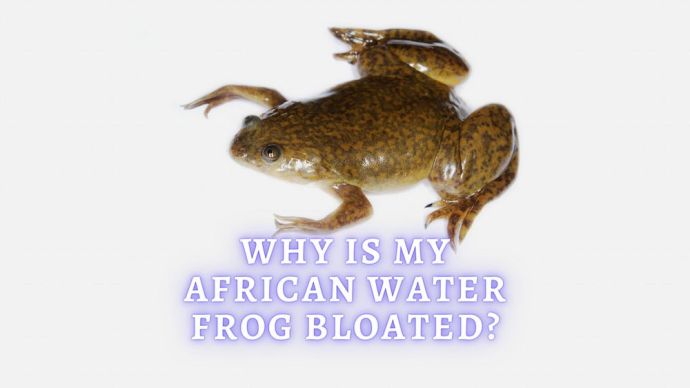 Freshwater Fish African Clawed Frog Bloat: Why Is My African Clawed Frog Bloated?
Freshwater Fish African Clawed Frog Bloat: Why Is My African Clawed Frog Bloated? - 62
- 0









